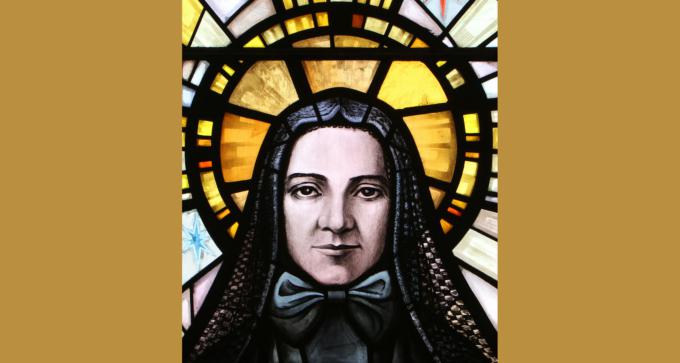
Spirituality
You've probably heard the story: The city of New York has monuments all over the place, but there's a woeful gap in the number of women versus men so honored.

Caldarola
Dorothy Day supposedly uttered that famous phrase, "Don't call me a saint. I don't want to be dismissed so easily."
Day, of course, now has her own cause for sainthood. And she was deeply devoted to many saints, and once said that we're all called to sainthood. But she had a point about saints being dismissed easily.
Case in point is the recent brouhaha in New York over a statue to St. Frances Xavier Cabrini, the first U.S. citizen to be canonized.
You've probably heard the story: the city of New York has monuments all over the place, but there's a woeful gap in the number of women versus men so honored. The first lady of New York, Chirlane McCray, Mayor Bill de Blasio's spouse, headed up a commission with the intent of narrowing that gap. Called the "She Built NYC" project, the commission decided to ask New Yorkers for their input on which women should be honored with a statue.
So far, so good.
New Yorkers nominated some 320 women. And the big winner? Mother Cabrini, with 219 votes.
Sad to say, however, when the commission picked seven winners to be memorialized around the city with monuments costing taxpayers about $5 million, St. Frances Cabrini didn't make the cut.
Why not? Part of the intent of the project was to raise awareness of women of color, a group often overlooked and undervalued. So, one excellent selection was Shirley Chisholm, America's first black congresswomen. But other selections were more debatable, and one had to wonder if a bit of anti-Catholic bias played into St. Cabrini's elimination.
St. Cabrini was an Italian immigrant during a time when Southern and Eastern Europeans faced hostility and discrimination in the U.S. They were often considered "non-white" at the time. With the suffering endured by so many immigrants today, it seems a good time to raise up a famous New York immigrant. But I'll leave it to others to ponder why St. Cabrini was "dismissed so easily."
In a city and state brimming with folks of Italian descent, plus a large Catholic population, the slight turned into a political fight, or opportunity, depending on your viewpoint. The Italian American governor of New York, Andrew Cuomo, a rival of the Italian American mayor de Blasio, quickly asserted that the state would build its own statue of St. Cabrini.
I imagine St. Cabrini and Day both chuckling over the fracas.
When I was young, Mother Cabrini, as we learned to call her, was a big deal in the American Church. She was our only American citizen saint at the time, and a formidable woman. The youngest of 13 children, she worked with the immigrant population and founded the Missionary Sisters of the Sacred Heart of Jesus. She began a school for girls in the city, an orphanage in upstate New York and 67 organizations for the needy in the late 1880s.
St. Cabrini was no shrinking violet, no plaster statue with her hands meekly folded. She was a tough lady who rolled up her sleeves and fought discrimination against both women and Italians to make a mark on New York City.
Other strong American women saints in other cities followed: St. Elizabeth Ann Seton, a widow with five kids whose wealthy family shunned her when she joined the Catholic Church, changed the face of Catholic education and became the first U.S.-born saint in 1975. The canonization of St. Katharine Drexel, an heiress who spent her fortune educating black and Native Americans, followed in 2000.
I hope Governor Cuomo does build a St. Cabrini statue, expressing the strength and vision of a woman who should not be dismissed easily.
- Effie Caldarola is a columnist with the Catholic News Service.
Recent articles in the Spirituality section
-
He saw the cloths and believedBishop Robert Barron
-
God's instrument for viewing the crucifixionMichael Pakaluk
-
QuinquagesimaMichael Pakaluk
-
Pro-life Christians: Now is the time to shout from the rooftopsBishop Robert Barron
-
Seeking an indulgence as an act of faithMichael Pakaluk


















